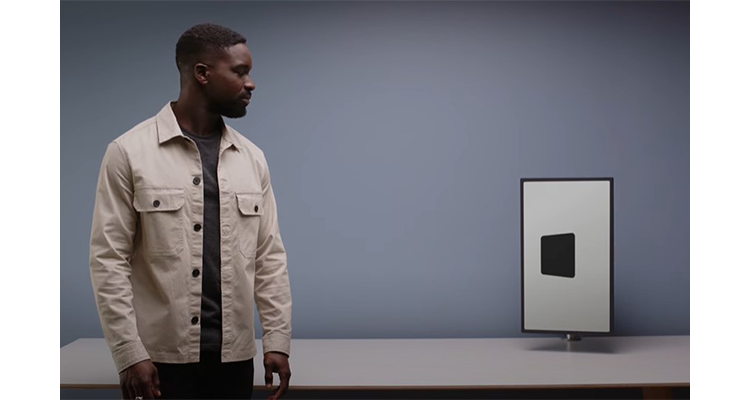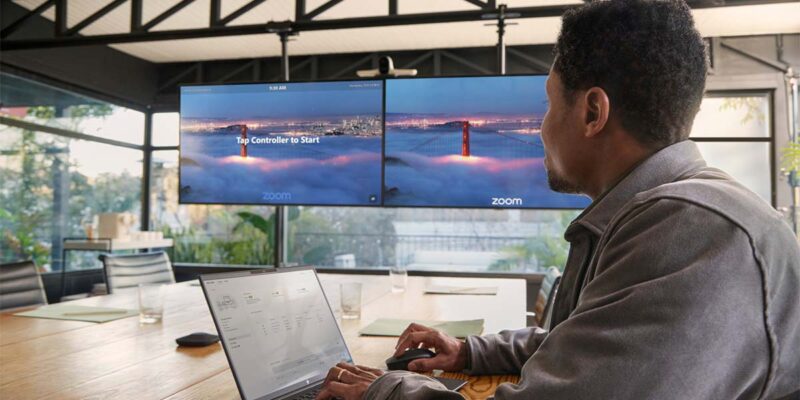Google Wants Us on Its Radar

The latest human-computer interface — an interface that could dramatically impact the AV business — comes from Google’s hardware invention studio, Advanced Technology & Projects (ATAP).
What if our devices (in-home, in-office building, and in-store) had social intelligence within? People and devices have their own concepts of personal space — and Google uses its research into “proxemics” (the study of how people use space around them to mediate social interactions).
With that science and radar, Google is creating a new computer interface as important to body language as Alexa is to voice control for Amazon home devices. Radar? It’s not the high-flying type of radar, but the type of radar that might be able to turn off your TV if you fell asleep lying down on your couch.
It’s not really new. Since 2015, Google has embedded Soli (a sensor using radar’s electromagnetic waves to pick up precise gestures and movements) in some Pixel phones. Instead of the sensor input directly controlling a device, this time, ATAP uses the sensor data to let computers recognize our everyday movements and provide new kinds of choices.
It’s a smart radar — it can learn our movements. It can tell which way we look and anticipate when we approach a device to interact. (That’s better, I’d wager, than more than half of today’s retail salespeople.) The ATAP team chose radar for its privacy-friendly approach to spatial data collection. Compared to video or camera, it’s non-judgmental — radar doesn’t need to capture and save images of your body, face or other features. You know the ones I mean. Radar features very low latency, doesn’t shirk from any environment (such as sound or temperature), and works even in the dark.
As more devices use sensors like Soli —and collect more data — their increased understanding of us is a visual artificial intelligence. Soli can detect and follow in an almost 3-meter range and — with multiple gadgets around you — could conceivably use a “mesh blanket” to interact across home, shop or office. The digital signage industry will love it, but Google intends this as a way to make computing invisible while increasing its ability to serve us. If ATAP is right, you’re as likely to see this in Google Meeting rooms and Google Home.
We’re lacking a name for this radar interface, so I‘ll be the first to say, “Hi, SID.” Socially Intelligent Device. But probably I can just wave my hello instead.




